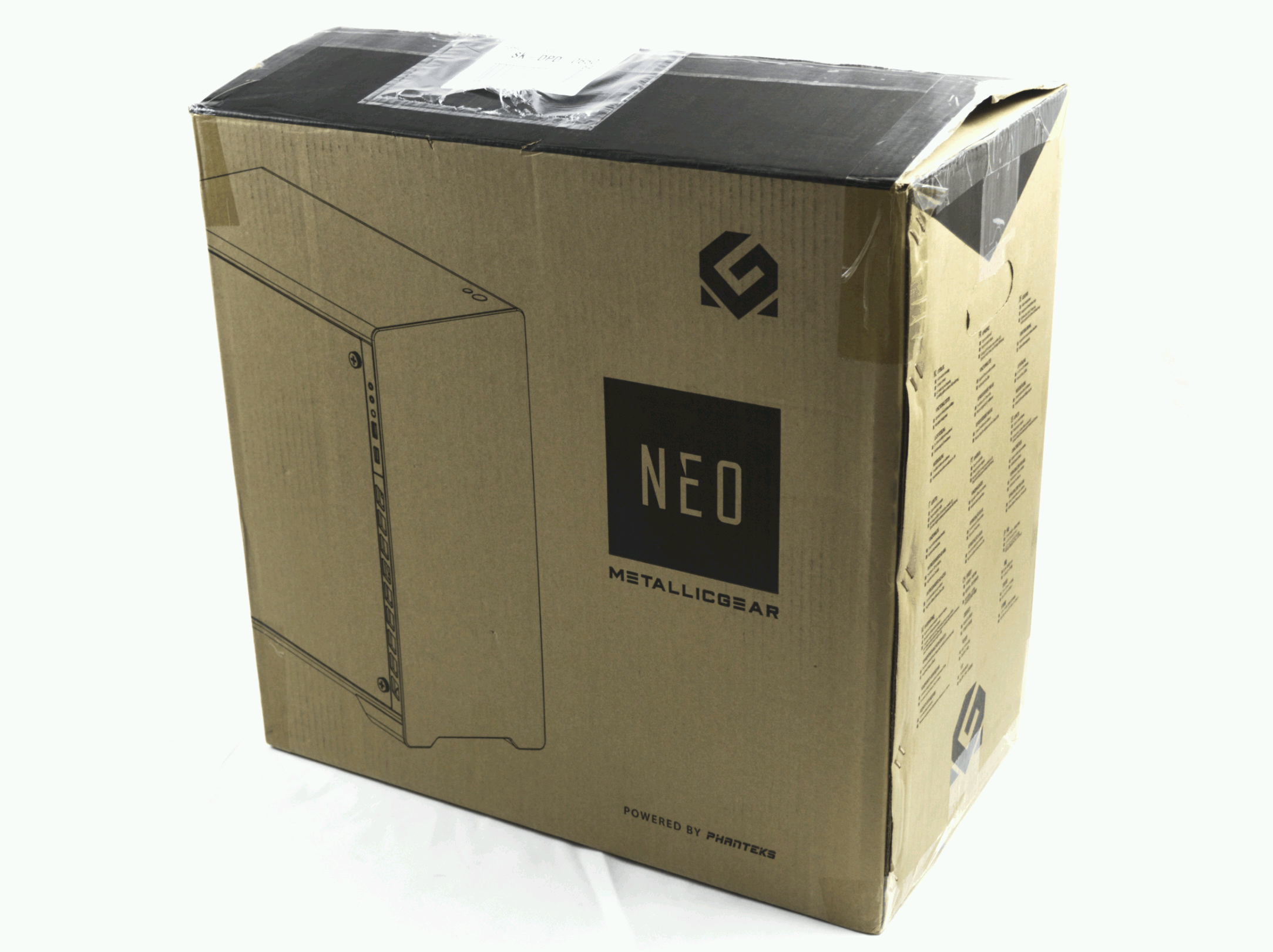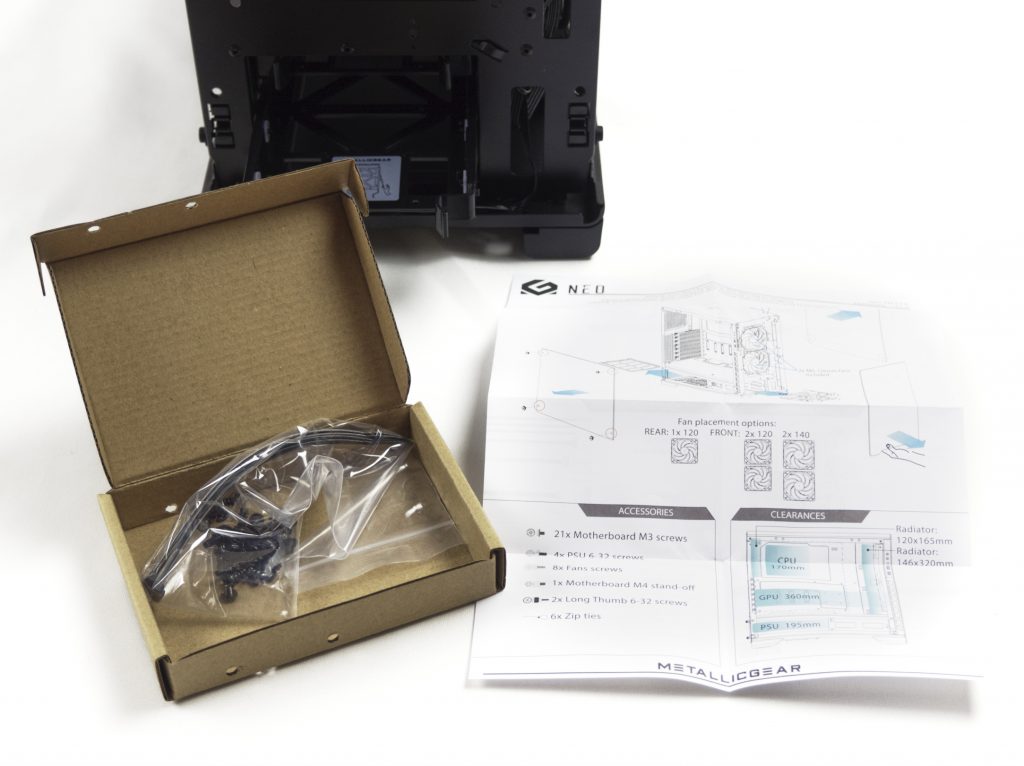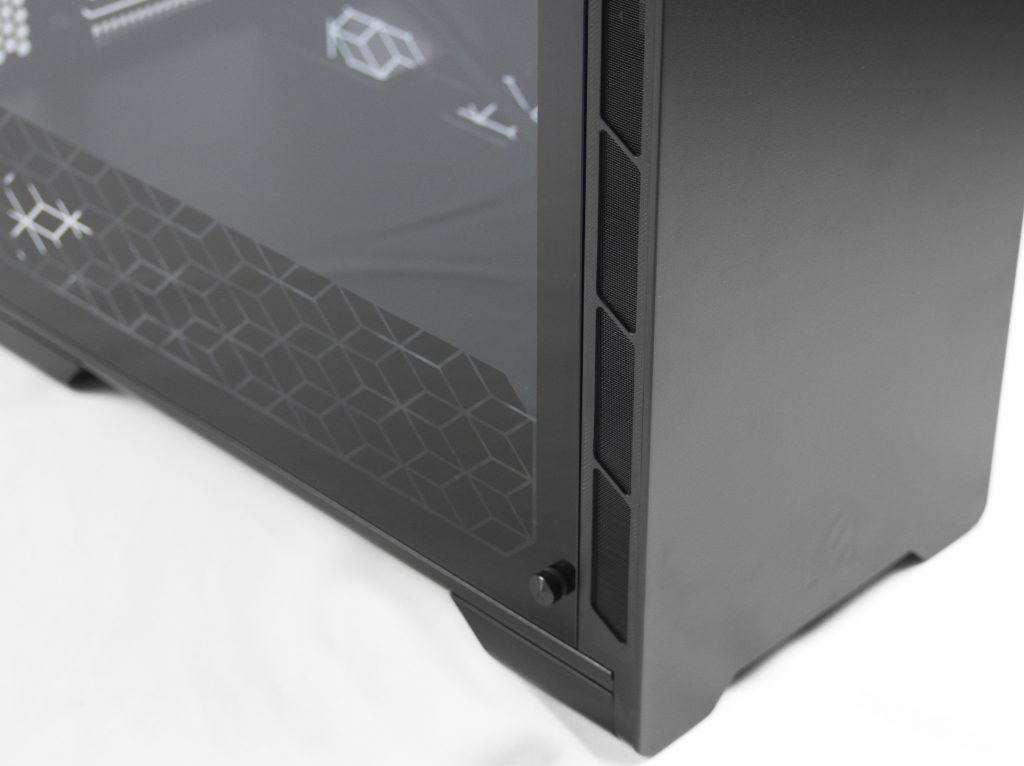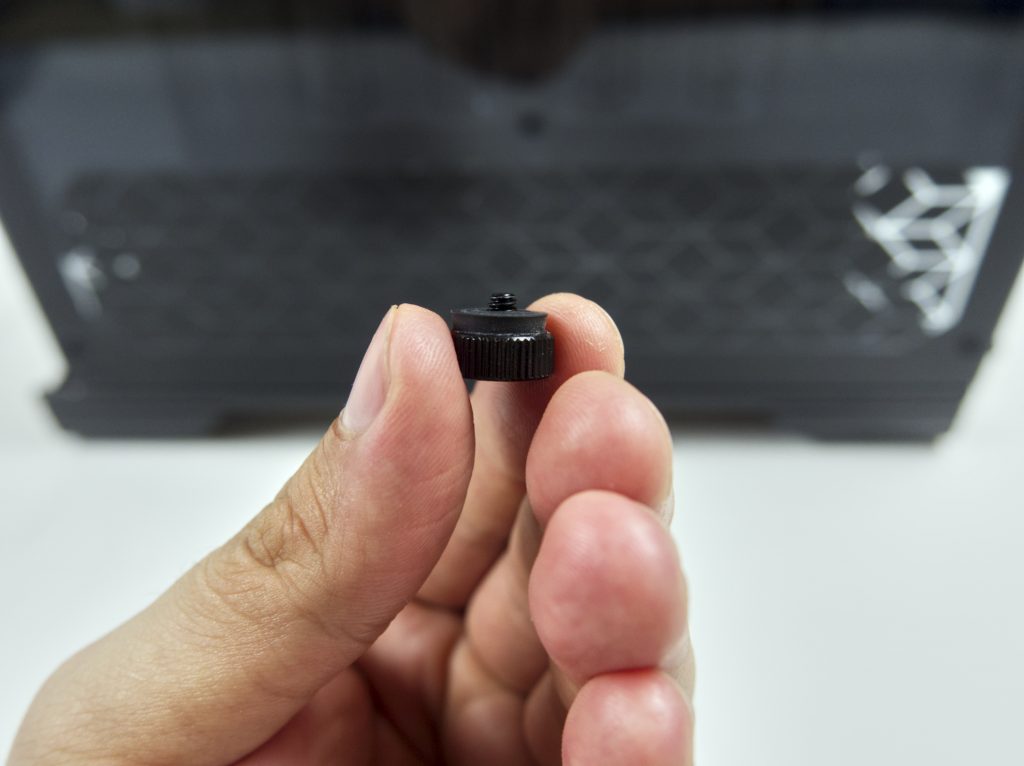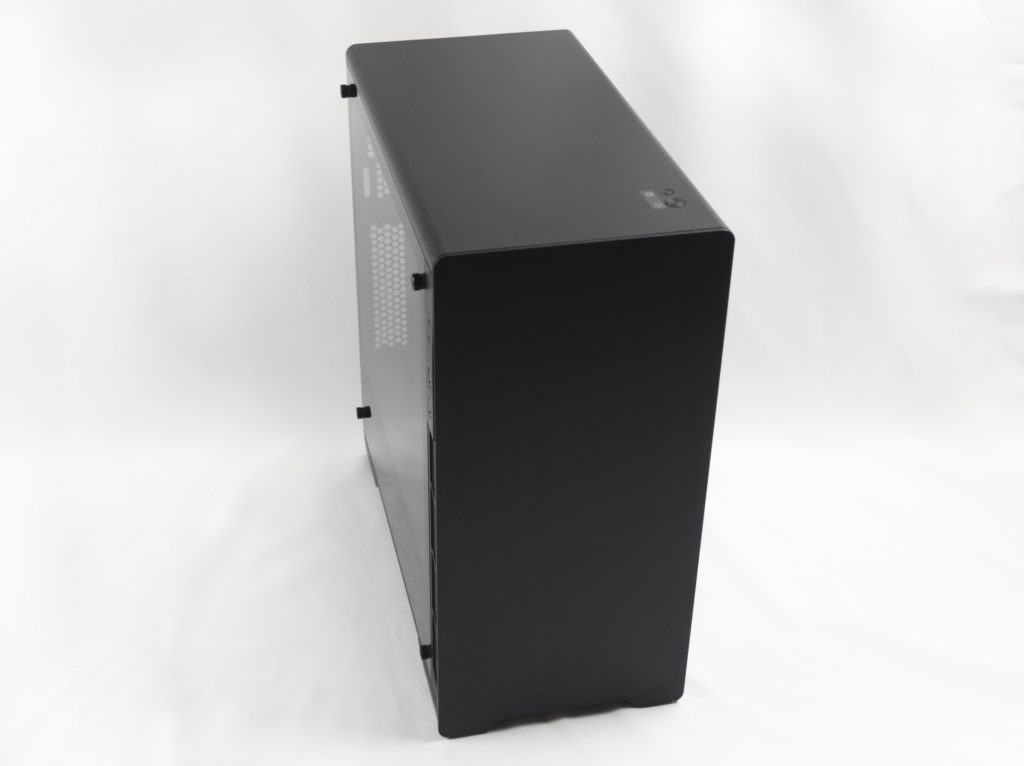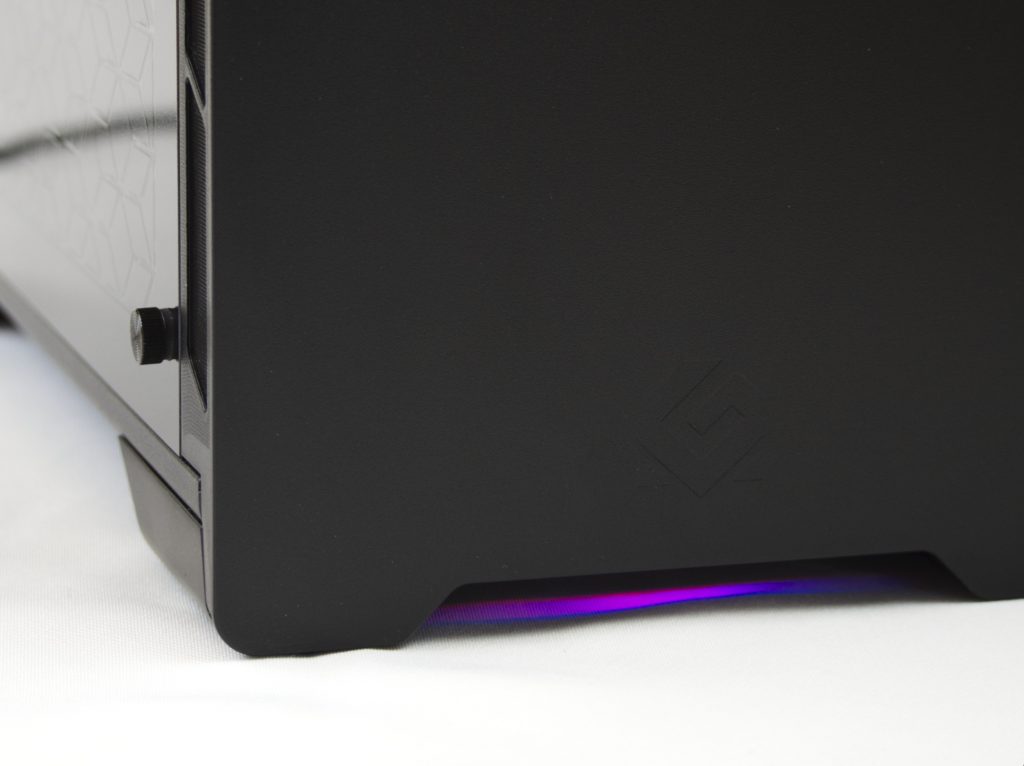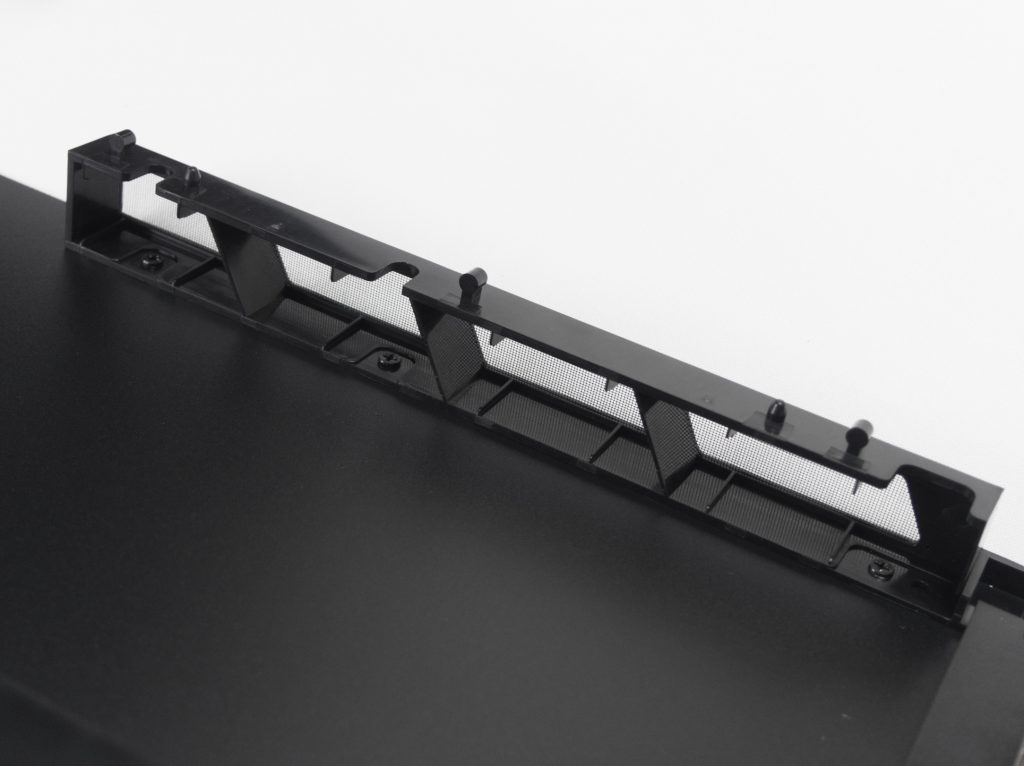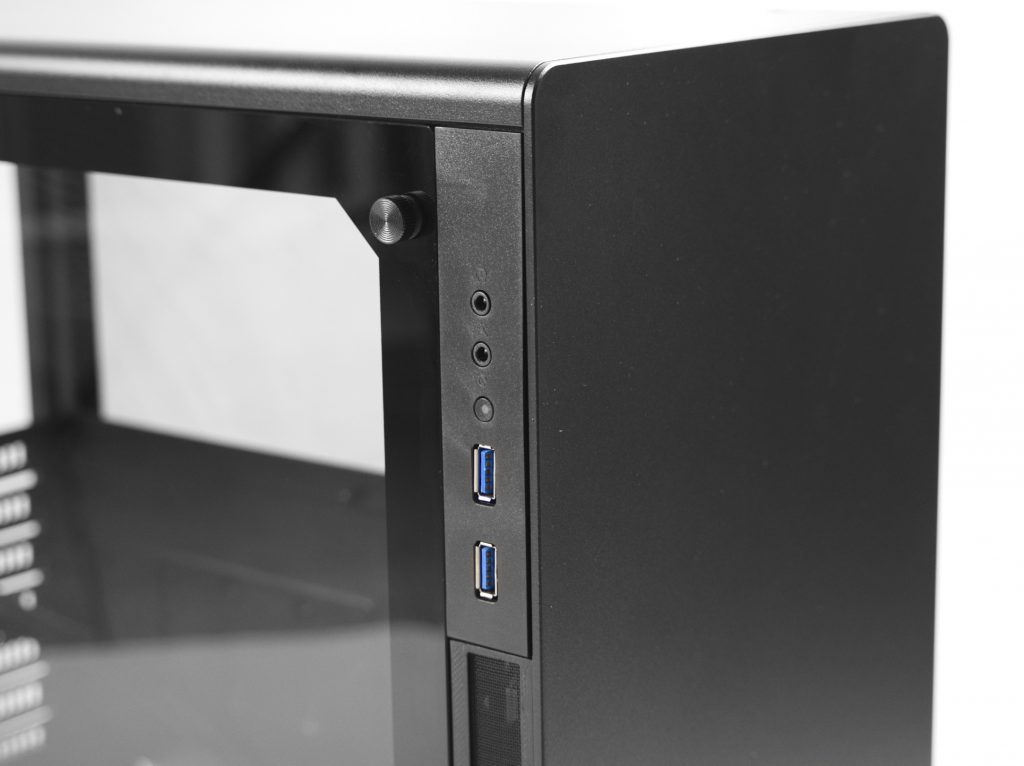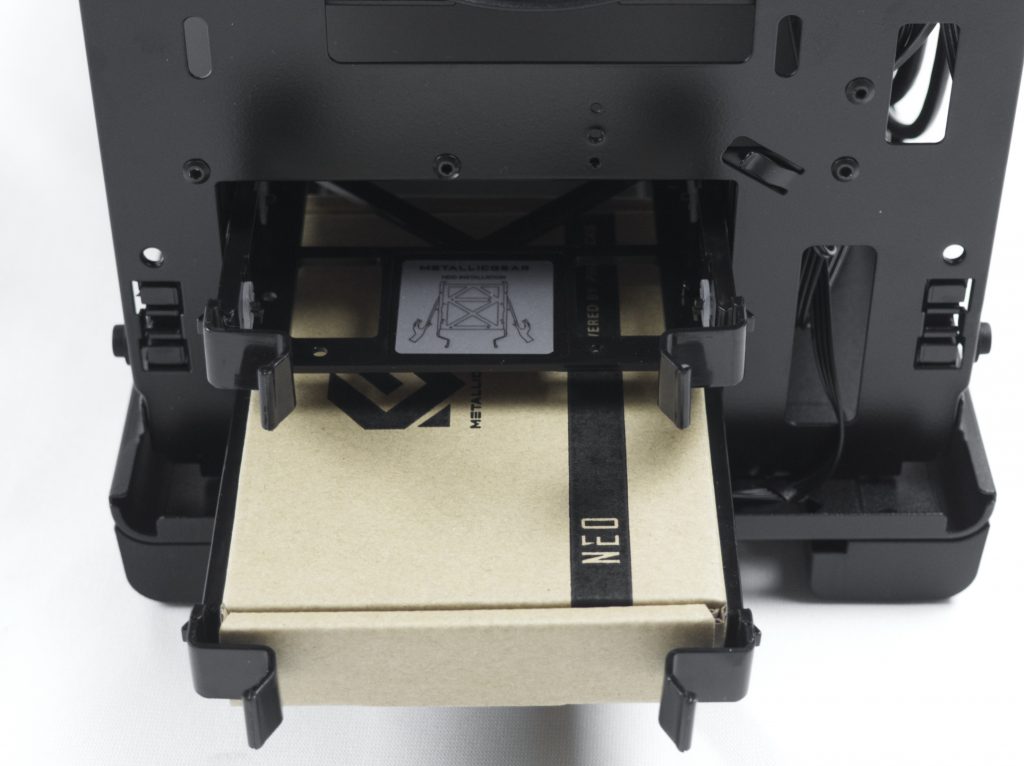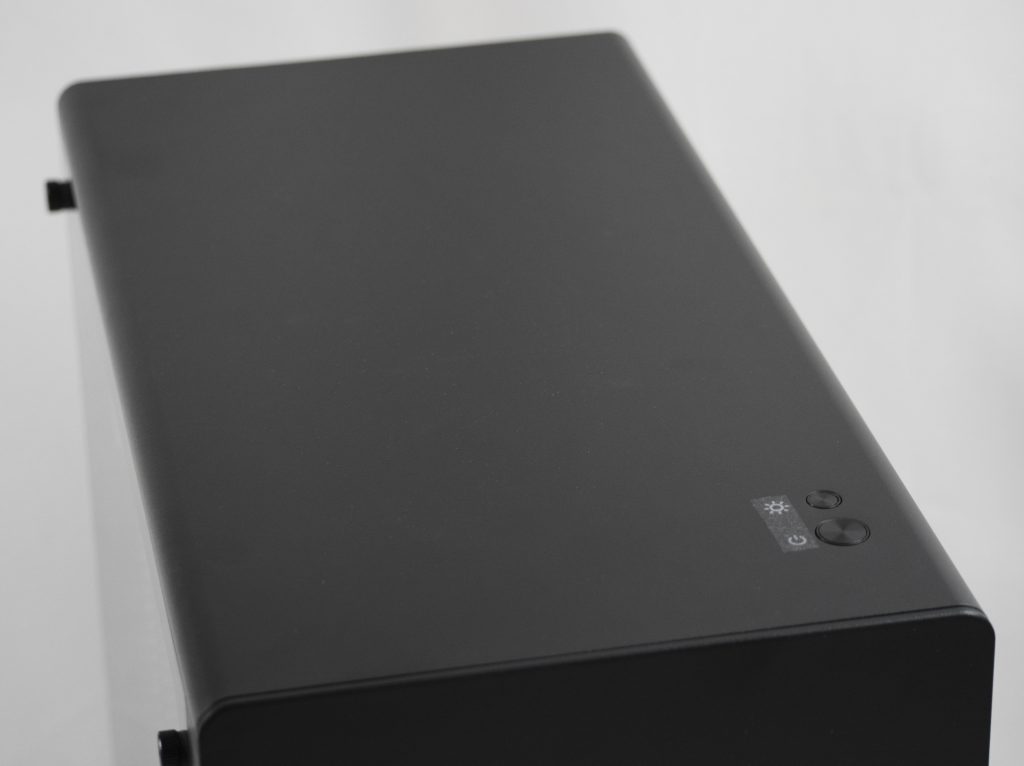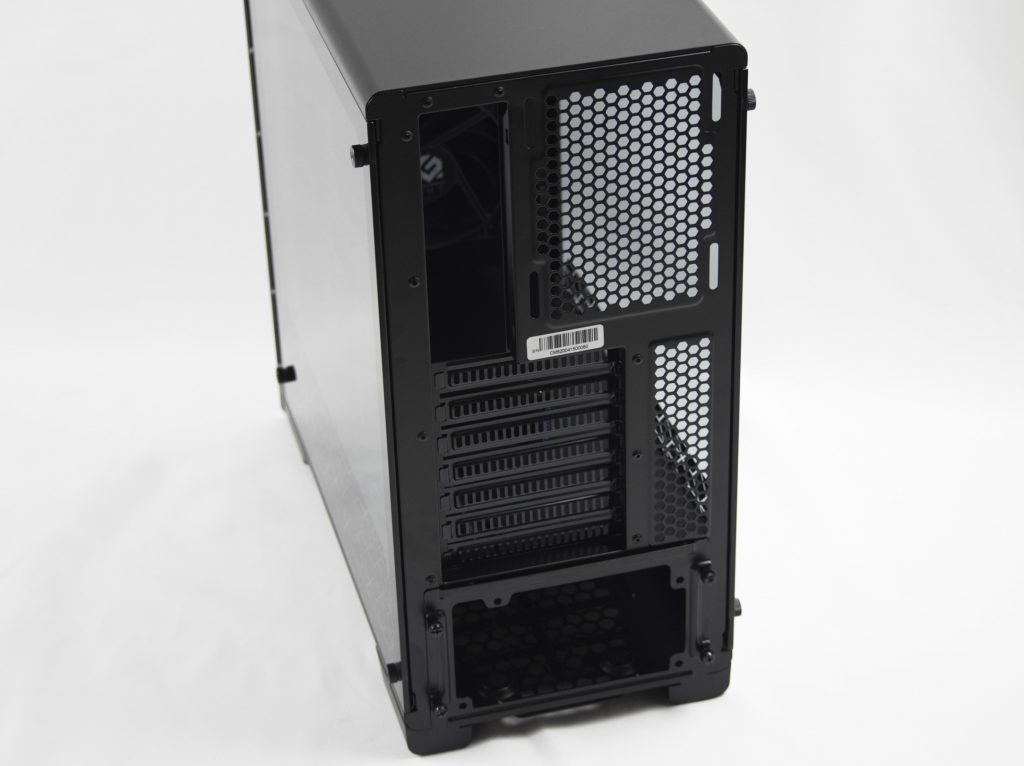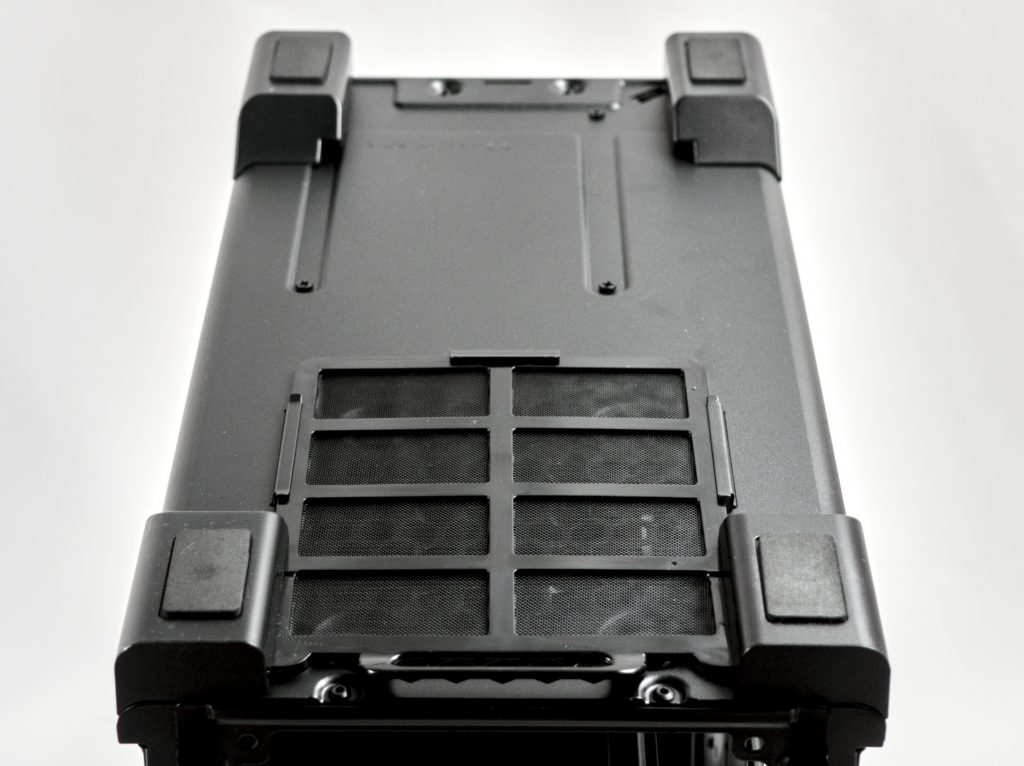Packaging and exterior
Did you know that under the auspices of Phanteks cheaper PC cases are also made? You can find them under the less resounding brand Metallic Gear. We have received a case for testing labeled Neo V2. It’s been on the market for about a year, but it still hasn’t lost its charm and still looks like a good buy. Although there are always some imperfections, that’s why we’re bringing you this review.
Basic specs
| Parameters | Metallic Gear |
| Neo V2 | |
| Supported motherboard formats | Mini-ITX, mATX, ATX |
| Supported PSU format | ATX |
| CPU cooler | up to 170 mm |
| Graphics cards | up to 320 mm |
| Fan | 2× 120 mm |
| Supported liquid radiators | 1× up to 280 mm + 1× up to 120mm |
| 2,5" positions | 2 |
| 3,5" positions | 2 |
| 5,25" positions | none |
| Dimensions [H/D/W] (and volume) | 450 × 405 × 210 mm (38 l) |
| Weight | 8 kg |
| Materials | steel (SECC) + aluminium + 2 × tempered glass |
| Connectivity | 2× USB 3.1 gen. 1 + 2× 3,5mm jack |
| Approximate price | 100 euros |
Packaging and exterior
Raw carton has imprinted the basic specifications. At first glance, it does not interest the customer’s eye, but that does not matter, you will not use it. It is important that necessary impact protection is not lacking here – ordinary polystyrene, which fulfills its role.
The accessories are relatively humble and contain only the necessary things for assembly, i.e. screws, cable ties and instructions. All this is located in a box placed in a 3.5″ HDD slot.
On the outside, the case looks very decent. You have an unobstructed view inside through 4 mm thick tempered glass with black frames on the sides. At the bottom are also some ornaments that partially cover the power supply and the slot for 3.5″ discs. The glass is attached in a simple way, four screws with sealing rubber. This requires special caution during (dis)assembly, as the glass is not secured anywhere and slipping can have fatal consequences.
I am talking about an unobstructed view, because the front and top of the case are perfectly smooth, and the used material also helps. The sandblasted aluminum finish adds a touch of elegance to the overall look, and I can imagine how the case decorates more than one computer corner. It gets worse with fingerprints whether on the aluminum or glass.
At the very bottom of the front panel, there is a cut-out, which is used for decent lighting under the case in the entire RGB spectrum and also for its easy removal. Directly above it is the indistinct Metallic Gear logo. I assume that this is the intention in order not to be ”loud” and thus spoil the overall smoothness.
The front panel can be removed completely, there are no active elements on it, which significantly helps for easy cleaning. The case sucks in air from both sides. However, the vent is smaller on the left. Behind all the front openings are fine dust filters that stop even the smallest particles.
Connectors are also placed on the side of the case (in the upper half). It is a less common position and indicates that the manufacturer wants you to place the case on the table, not under. When placed on the table, you have two USB 3.2 connectors and the same number of 3.5 mm jacks right at hand. The status light in the center of this panel glows dimly red, which does not disturb your eyes and you will appreciate it in the position on the table.
Simply remove the front panel with eight studs to get to the cooling. We are talking about two 120 mm fans of the same brand with the name Skiron. But it is a light version of the fans, which are also sold separately under this brand. They are depleted by a 4 pin, i.e. PWM. These can also be replaced by two 140 mm fans or a water cooling radiator up to a size of 280 mm. Under the system fans, there is then rarely a front entrance to the bay with positions for two discs.
An integrated top panel has little to offer. There is only one button on it to turn on the computer and the other to adjust the RGB LED lighting. However, I dare say that sometimes less is more, which is literally true here. Although at the cost of losing the ability to place a radiator or exhaust fans on top.
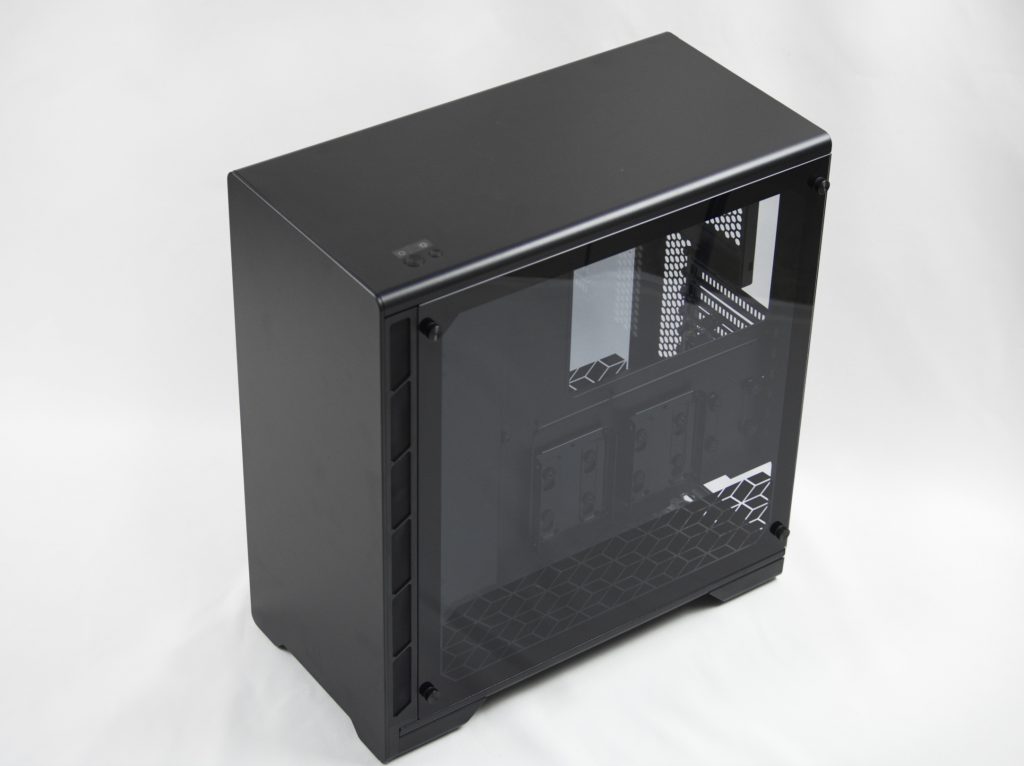
The back side of the case is quite common. It consists of a cutout for the I/O shield of the motherboard, a blank space for mounting a 120mm fan, expansion card covers and perhaps a bit unnecessarily “complicated” frame for the power supply input. Instead of 4 screws, you must use 8 to place the power supply in its place in the case.
The bottom side of the case is held above the ground by four feet with anti-slip pads. The dust filter under the power supply is located on a sliding grid with a handle, which eases its handling. And it is to be commended that it has a very fine mesh structure. I also tried to eject a disk bay, which is attached with four screws at the bottom, but I could not get to the last screw through the left front foot and I did not figure out how to remove it. There are probably screws under the anti-slip pads that hold the feet to the case.
- Contents
- Packaging and exterior
- When thicker cables are omitted
- Testing methodology
- Tests of CPU and GPU cooling
- Tests of motherboard cooling
- Tests of SSD cooling and heating under the top wall
- Conclusion






